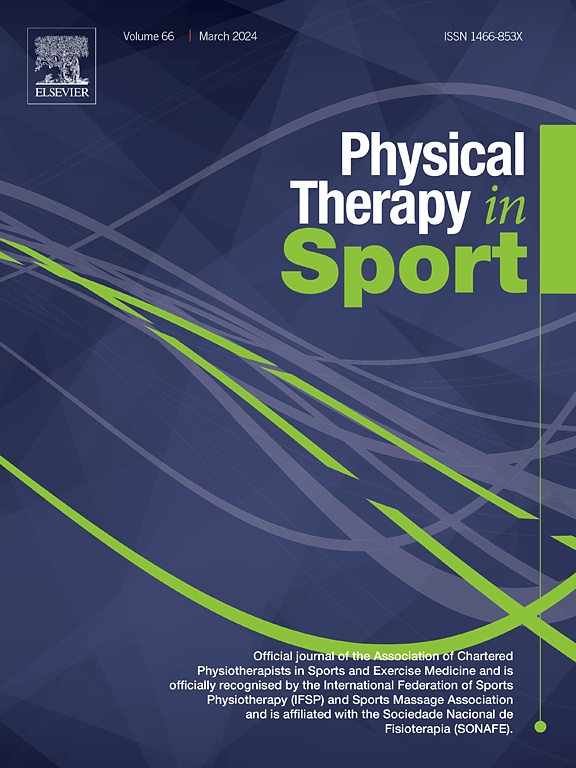
Assessing the effect of additive blood flow restriction to low load resistance on anterior knee pain

Assessing the effect of additive blood flow restriction to low load resistance on anterior knee pain
Low load resistance training with blood flow restriction decreases anterior knee pain more than resistance training alone. A pilot randomised controlled trial
Phys Ther Sport. 2018 Nov;34:121-128. doi: 10.1016/j.ptsp.2018.09.007Synopsis
40 male patients with anterior knee pain were randomized to a single session of low load resistance training with or without concomitant blood flow restriction intervention. Patients were assessed for change in pain during three functional test from pre-intervention to post-intervention. The functional tests including a shallow single leg squat test, a deep single leg squat test, and a step down t...
To view the full content, login to your account,
or start your 30-day FREE Trial today.
FREE TRIAL
LOGIN
Forgot Password?
Explore some of our unlocked ACE Reports below!

Learn about our AI Driven
High Impact Search Feature
Our AI driven High Impact metric calculates the impact an article will have by considering both the publishing journal and the content of the article itself. Built using the latest advances in natural language processing, OE High Impact predicts an article’s future number of citations better than impact factor alone.
Continue



 LOGIN
LOGIN

Join the Conversation
Please Login or Join to leave comments.